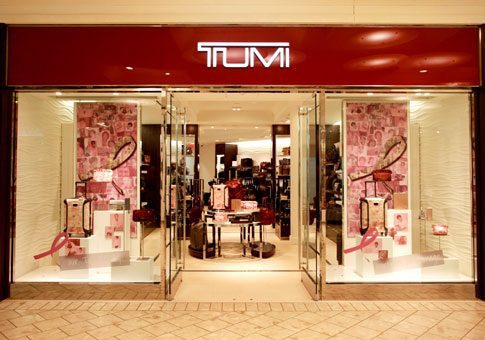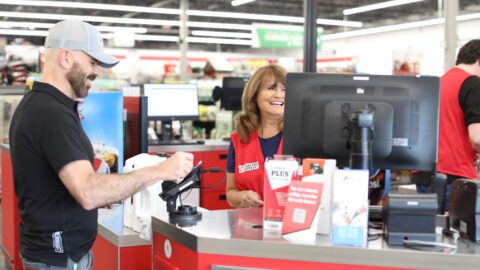Because luggage brand and retailer TUMI has such a recognizable name and product design, it may be fair to assume that the business operates in a very strict fashion. However, TUMI CIO Jim Walsh describes the company as a “SMB with a big name.” Meaning, the retailer focuses on innovation and operates as nimbly as possible.
Flexibility, collaboration and communication all are playing an important role in TUMI’s omnichannel strategy. In fact, TUMI recently established an omnichannel business council consisting of team members from e-Commerce, IT, distribution, retail operations and retail sales departments.
“Like any council, we were so dysfunctional in the beginning,” said Walsh in an interview with Retail TouchPoints. “The main topic in the beginning was: Who gets credit for the sale? Once we bypassed that everything started going well.”
The entire goal of the omnichannel council was to bring different areas of the business together so there was clear visibility into future goals and investments.
From an inventory perspective, it was vital that the supply chain team learned more about omnichannel and how it would move the TUMI brand forward, according to Walsh. “There was definitely an educational process. You say omnichannel and certain business units don’t understand what that means. It was healthy and important for us to take a step back and get everyone up-to-speed on what the e-Commerce side knew, and share that back with the supply chain.”
In addition to breaking down organizational barriers, TUMI had to make several technological advancements that acted as the foundation of its omnichannel strategy. The brand re-platformed its POS system with Epicor in 2013 and currently is re-platforming its e-Commerce site on hybris.
“We have a solid foundation for the omnichannel world,” Walsh noted. “By leveraging inventory feeds between all systems we have a detailed view into e-Commerce and in stores regarding where our inventory is.”
Multiple “What-If” Scenarios
Since implementing more flexible order delivery and fulfillment options, such as buy online, pick up in-store, TUMI has kept a constant pulse on store performance and continuously applies best practices.
“We sent an army of young interns into the field to run different scenarios,” Walsh explained. “They ran a report of how long it took for them to be notified about an online order, what would happen if they showed up to a store to pick it up early, what would happen if they were late and even what would happen if someone else came to pick up the product for them. We ran these different scenarios to determine what TUMI needed to do to provide a great customer experience.”
While advancing toward with a more flexible approach to delivery and fulfillment, TUMI also implemented a different approach to sales attribution. The merchant now identifies sales as “omnichannel” and allows different channels to take credit for the same sale.
“There’s no reason to put a sale in one specific area,” Walsh explained. “We have the visibility into data and can report indirect contribution to a channel, so they can get some form of credit for a sales lift.”
Amazon Or Better
TUMI’s goal moving forward is to provide an “Amazon or better” experience, Walsh reported. “Everyone looks to Amazon as the gold standard for e-Commerce, and by looking at their model we had some great a-ha moments.”
Walsh and the team concluded that although TUMI is so much smaller than the online giant, “we have advantages in that changes can happen on a dime,” he said. “We have access to resources faster, and our knowledge transfer is better.”
However, achieving this “Amazon or better” status requires up-to-date information on sourcing, improved inventory accuracy and faster cycle counts — even in stores. TUMI implemented iPads in store locations to empower associates to sell better, faster, and manage inventory faster and more efficiently.
“Retail associates and warehouse associates live in two different worlds,” Walsh said. “Retail associates want to sell—they are not back-office people. The KPIs they care about are how much they sold, not how accurate they were. The iPads are fun and engaging for the associates, and cycle counts were cut in half.”













